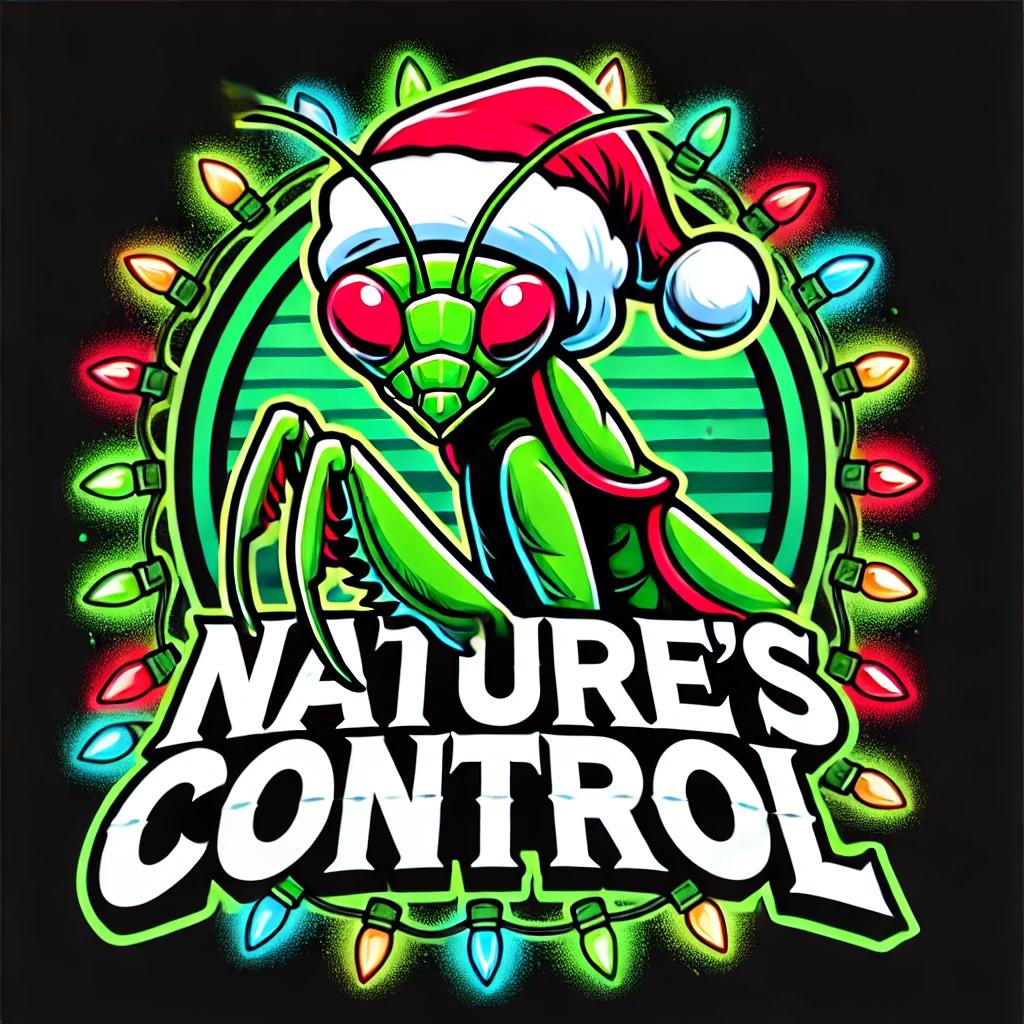Pest: Fungus Gnats

First Sign: Small, dingy grey flies, flying around plants aimlessly. If these "flies" are also seen coming out of the soil around your plants, you probably have Fungus Gnats.
Special Species Notes: Fungus Gnats can be told apart from Whiteflies, a much more serious pest, because they're dingy grey instead of pure white. Fungus Gnat larvae, small worms found in the top inch or two of your soil, feed mostly on organic debris, fungi, algae, etc. While doing this, they often nibble the roots of young seedlings. Your plants will often outgrow them, so they may be more of a nuisance than a real threat to plant health.
The adults can be quickly reduced with Sticky Yellow Traps . Long term control has been best with Predator Nematodes applied every 4-6 weeks or Fungus Gnat Predators (Hypoaspis sp.), below.
Fungus Gnats:
Predator Nematode Double Death Mix!
Handy Hint: If you have two greenhouses - one with a pest infestation and the other without - either do all your work in the "clean" greenhouse first, then move to the infested greenhouse; or treat both with the appropriate Hired Bugs.
Fungus Gnat Predators
Use Fungus Gnat Predators (Hypoaspis sp.) for control of Fungus Gnats and most other small, soil-inhabiting insects, Mites, and Springtails. Provides up to 30% control of Western Flower Thrips as well. Eggs hatch in about 2-3 days, and their life cycle is completed in about 11 days at 68 F. Temperature isn't critical, but they're inactive below 57 F. They thrive under almost any conditions except flooding or drought.
Application: Sprinkle Fungus Gnat Predators throughout the growing area onto soil surfaces, capillary mats, hydroponic media, etc. Be sure to treat all wet, exposed areas of soil and greenhouse floors. For bedding plants, it's probably not essential to treat every single flat, but do apply Predators early enough to allow time for them to spread to other plants. If Fungus Gnat populations are low, 5,000 Predators treats up to 200 square feet of growing surface. Larger pest populations will require larger releases, with one release usually being enough per growing season.
Handy Hint: In the Fall, pests look for warm hiding spots to "ride out" the Winter. And your plants are the perfect hiding place. So check the undersides of leaves late Fall and mid-Winter..
"Triple Threat" Spider Mite Predators
Introducing the Ultimate Pest Control Trio: Phytoseiulus persimilis, Neoseiulus californicus, and Am..
Amblyseius andersoni (Typhlodromus (Amblyseius) potentillae and Amblyseius (Euseius) andersoni)
Amblyseius andersoni (Typhlodromus (Amblyseius) potentillae & Amblyseius (Euseius) anderson..
Mammoth Canncontrol
Mammoth Canncontrol is lab and greenhouse tested – proven to eliminate powdery mildew, botrytis..
Fungus Gnat Predators (Hypoaspis miles also known as Stratiolaelaps scimitus)
Fungus Gnat Control: Fungus Gnat Predators Use Fungus G..
Predatory Nematode Double Death Mix (1 Acre Coverage)
Most Effective Control For Soil Dwelling Pests: Predator Nematode "Double-Death" Mix..
Predatory Nematode Double Death Mix (1/4 Acre Coverage)
Most Effective Control For Soil Dwelling Pests: Predator Nematode "Double-Death" Mix..
Predatory Nematode Double Death Mix (Steinernema & Heterorhabditis)
Most Effective Control For Soil Dwelling Pests: Predator Nematode "Double-Death" Mix..
Yellow-Sticky Traps Catch Fungus Gnats, Whiteflies, Aphids, and Other Insects Attracted to the Color of Bright Yellow
Yellow Sticky TrapsHang these Yellow Sticky Traps around your growing area to catch Whitef..
Rove Beetles (Dalotia coriaria also known as Atheta coriaria)
Rove Beetles (Dalotia coriaria also known as Atheta coriaria) (Special order, order by no..




-228x228.jpg)


-228x228.jpg)